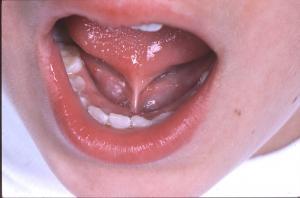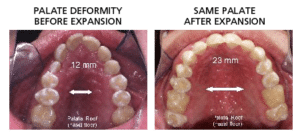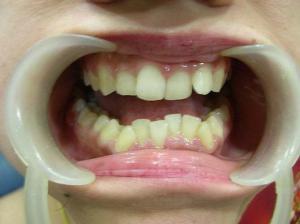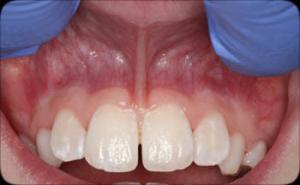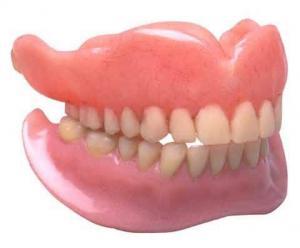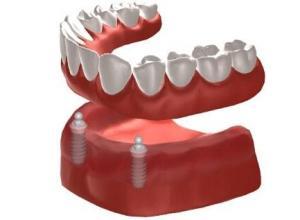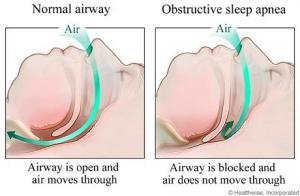Who Should I See for TMJ Disorder in Rockville MD?

The Best Doctor or Dentist to see for Jaw Pain / TMJ Disorder ( TMJD ) is someone who is trained in identifying all the conditions that can cause TMJ Dysfunction. It is also important for this TMJ Doctor or TMJ Dentist to be able to rule out all the other diagnoses that may mimic TMJ and TMD. All the things that cause TMJ are in the mouth, head and neck and certainly relate to teeth, jaws and Airway. The Best Doctor to see for TMJ is a Dentist, but not just any Dentist. To receive proper and effective treatment for TMD, it is necessary to see a dentist with specialty training in the areas of the Bite, Sleep Dentistry and Orthodontics / Orthopedics. There is a strong link between Sleep Disorders, night time airway issues and TMJ Disorders. Dentists who treat Sleep Apnea find that 75% of people with Sleep Apnea also suffer from TMJ symptoms. The Patient may also have a condition called upper airway restriction syndrome or UARS.
What is TMJ Disorder and What Causes it?
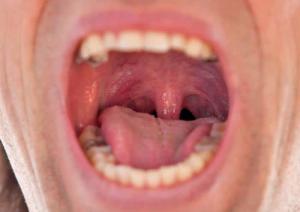
Ultimately TMJ disorder symptoms are caused by night time clenching. In deep sleep the tongue relaxes and falls back into the throat and gets in the way of breathing. Night time clenching is a defense mechanism of the body to get the tongue out of the throat, so normal unobstructed breathing can be restored. People who have small mouths and small jaws are especially at risk because the tongue does not have room to fit in the mouth and it easily falls back into the throat when it relaxes. The tongue is one of the strongest muscles in the body and in deep sleep, it loses tone and it falls back into the throat if there is not enough room for it to fit in between the teeth.
During a night of sleep, TMJ dysfunction patients will clench their teeth thousands of times. 80% of people who clench their teeth do not even know it. No surprise, how after hundreds and thousands of teeth clenching episodes, jaws, teeth, heads, TM joints, necks and backs can hurt.
TMJ is really just a symptom of a Sleep Disorder. Recent research shows that 75% of people with TMJ dysfunction have Sleep Apnea. The real question may be, “What causes Sleep Apnea…”
TMJ symptoms can also be caused by a bad bite. A bite or the fit of the teeth is poor when spaces in the mouth are small and teeth are crowded.
How is TMJ Diagnosed?
TMJ is diagnosed by recognizing the common symptoms and conditions of TMJ Dysfunction.
- Mouth and Jaw issues – Popping a Clicking of the Jaw Joints, Hyper salivation, uncomfortable tongue position and posture, difficulty opening the mouth, teeth sensitivity, uncoordinated jaw movements, jaw soreness and deviation on opening of the jaw.
- Head Problems – migraine headaches, sinus problems, forehead pain, ear ringing or fullness, visual disturbances
- Body Issues – neck tension, arthritis, tingling in the fingers and extremities, and overall head, back and neck stiffness.
What is the Treatment for TMJ?
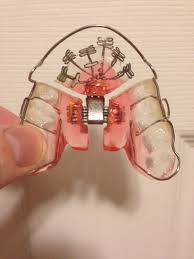
The Best Treatment for TMJ is DNA Appliance Therapy. DNA Appliance is an orthopedic appliance that creates more room in the mouth for the tongue, teeth and other structures. The DNA causes bone growth and permanently assists the jaws in growing wider and deeper. The DNA Appliance also balances the relationship of the upper and lower jaws and the overall bite. The DNA Appliance can create room for the tongue to fit properly in the mouth and prevent collapse of the tongue into the throat at night time. If DNA treatment is effective it will correct the cause of night time clenching – That is it will create more room in the mouth to allow for proper tongue position and night time breathing.
